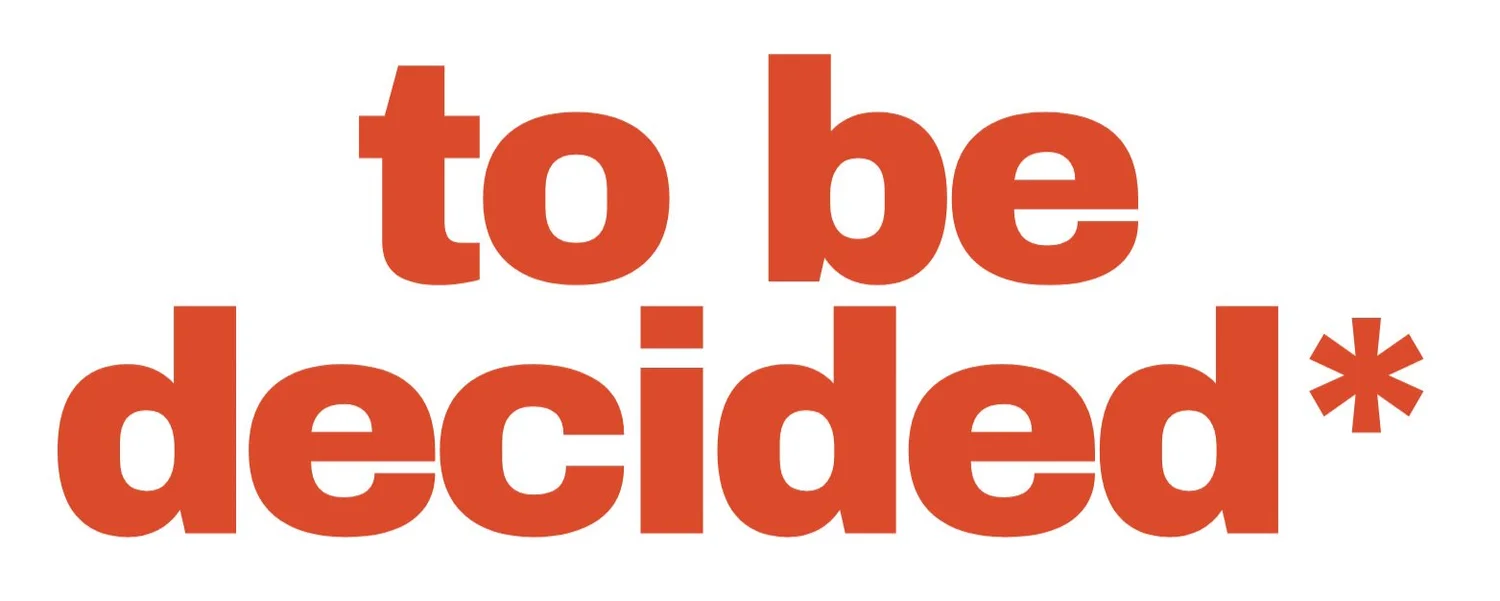Myriam Tardif, M.A. in Sociology and Anthropology at Concordia University
Abstract
Riots are “the best way to solve problems”, according to the Urban Dictionary. However, many groups or individuals, may they be in the media government, police forces, etc., are actively depoliticizing these phenomena by stating that those participating in riots are irrational beings that either have mental illness problems or are savage beasts unleashing wild violence that must to be tamed. In the context of the Québec Student strike of 2012, the largest student strike in the province’s history, we can definitely say that many high intensity events qualified as “riots” and shaped the imagination of both the national and international community. Students had started preparing their struggle against the 75% tuition rise that the Quebec Liberal Party wanted to impose the previous year, which resulted in a 6-month strike – something that no one had envisioned. In this paper, we[1] ask; what makes these events a riot and why do they happen? In trying to answer this question, we will explore the identity and trajectories of the rioters and the political and symbolic meaning behind riots. Our reflection will be based on ethnographic research done during the 2012 Quebec Student strike and on 6 qualitative interviews. So, are riots the best way to solve problems?
[1] This paper is an adapted version of an earlier paper written with Lola Maselbas in 2013, based on a field research we did together.
